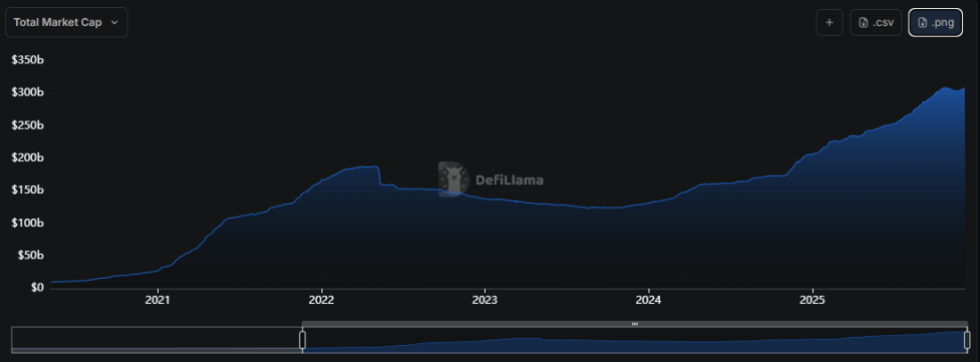Week of Heavy ETF Inflows Pushes XRP Into Compression Zone, Is a Major Move Coming?

Despite U.S. spot XRP ETFs creeping ever closer to a $1 billion AUM milestone (wow, that sounds impressive, doesn’t it?), the asset continues to trade in the same narrow range. This leaves everyone wondering-can this prolonged snooze-fest of consolidation possibly be building up to something more? A larger move, perhaps? Or are we just stuck in the crypto equivalent of Groundhog Day? ⏳






